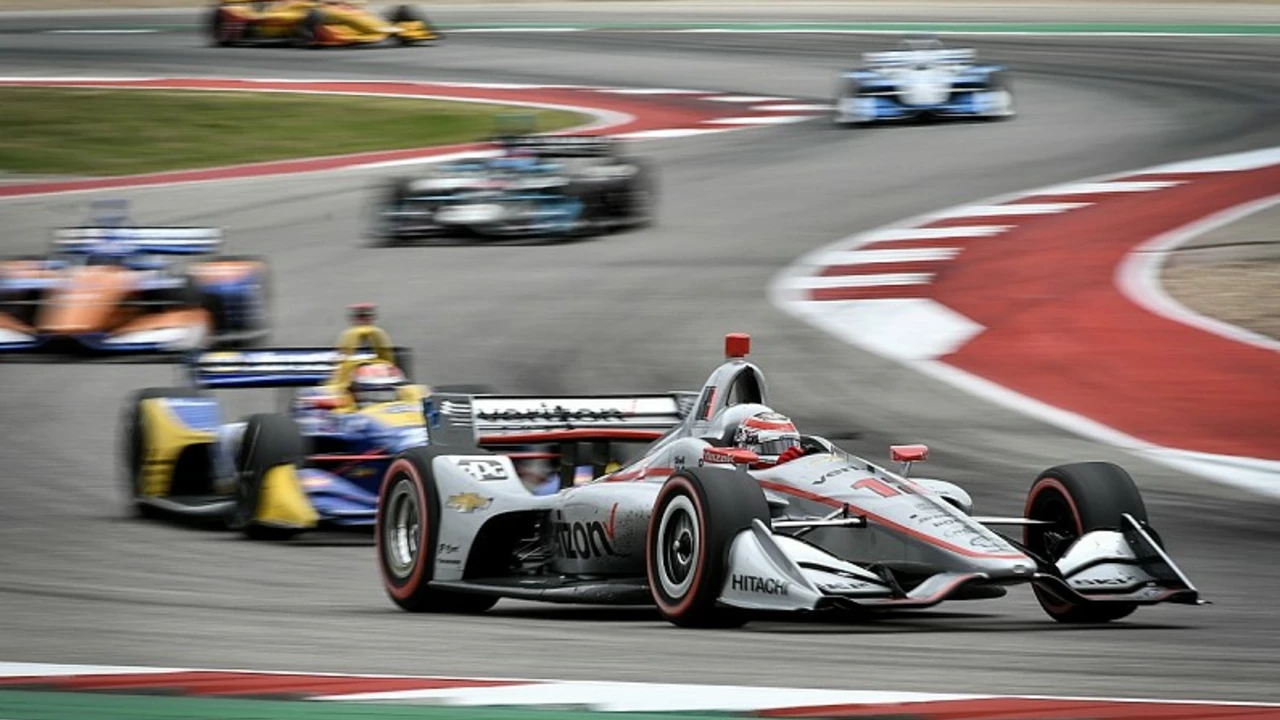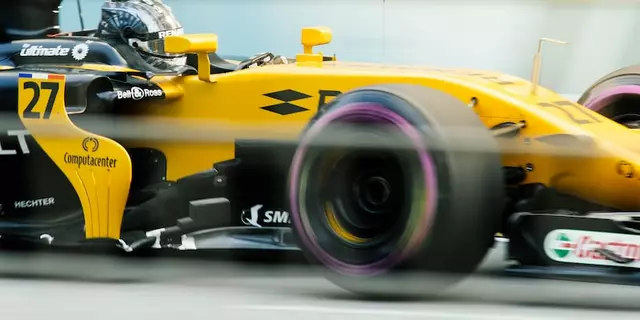Introduction to IndyCar and Formula 1
As a car enthusiast, there's always been this one question that has intrigued me. Which car is longer: IndyCar or Formula 1? Both are highly respected and admired in the world of automobile racing. Although they may appear similar to the untrained eye, they differ in several aspects, including their design, performance, and yes, even their length. Before we delve into the specifics, let's first get a brief understanding of what these two iconic racing machines are.
IndyCar, known for the famous Indianapolis 500 race, is an American-based auto racing sanctioning body. The cars are designed to be flexible for both oval track racing and road/street courses. On the other hand, Formula 1, often abbreviated as F1, is an international racing league known for its high-speed, open-wheel cars. The series is considered the pinnacle of motor racing due to its demanding technical and physical requirements.
Understanding the Design of IndyCar and Formula 1
Before we compare the length of an IndyCar and a Formula 1 car, it's essential to understand their design. Both cars are designed with aerodynamics at the forefront, considering the high speeds they reach. However, the design philosophy varies significantly between the two, which impacts their respective lengths.
While both cars are open-wheel designs, an IndyCar has a more streamlined, elongated look, primarily because it's designed to excel on oval tracks. This streamlined design reduces air resistance, allowing the car to reach higher top speeds. On the contrary, a Formula 1 car is designed to perform on a variety of track types, including street circuits, which require more agility and responsiveness. Therefore, Formula 1 cars prioritize downforce over top speed, resulting in a relatively compact design.
Comparing the Length of IndyCar and Formula 1
Now, onto the main question: Which car is longer, IndyCar or Formula 1? Well, let's directly compare the two. An IndyCar is typically around 201 inches long, which is approximately 5.1 meters. This length can vary slightly depending on the specific model and year.
In contrast, a Formula 1 car is shorter, measuring around 180 inches, or approximately 4.57 meters in length. This shorter length allows for better maneuverability, which is crucial on the various track types Formula 1 cars race on. So, in terms of sheer length, an IndyCar is generally longer than a Formula 1 car.
Why Does the Length Matter?
You might be wondering, why does the length of these cars matter? Well, the length of a race car plays a significant role in its performance. A longer car, like an IndyCar, tends to be more stable at high speeds but less agile in corners. This makes it perfectly suited for oval racing, where top speed and stability are paramount.
On the other hand, a shorter car, like a Formula 1 car, is more agile and can navigate tight corners more effectively. This is vital in Formula 1 racing, where tracks often have a mix of straight sections and tight, twisting corners. The shorter length also allows for faster lane changes, which can be crucial during overtaking maneuvers.
Conclusion: The Long and Short of It
In conclusion, if we're talking purely about length, an IndyCar is longer than a Formula 1 car. However, it's essential to remember that length is just one aspect of these complex machines. The design and performance of these cars are a product of numerous factors, each tailored to the specific demands of their respective racing series.
So, while an IndyCar may win in terms of length, that doesn't necessarily make it superior or inferior to a Formula 1 car. Both are exquisite pieces of engineering, designed to excel in their unique ways. And that's what makes each of them so fascinating to car enthusiasts like us.















